
Tilfi is turning its traditional textile family business into a digital D2C brand
Third-generation entrepreneurs behind the Varanasi-based platform say they want to take artisans along with them in their growth journey, and sell Banarasi weaves to the world
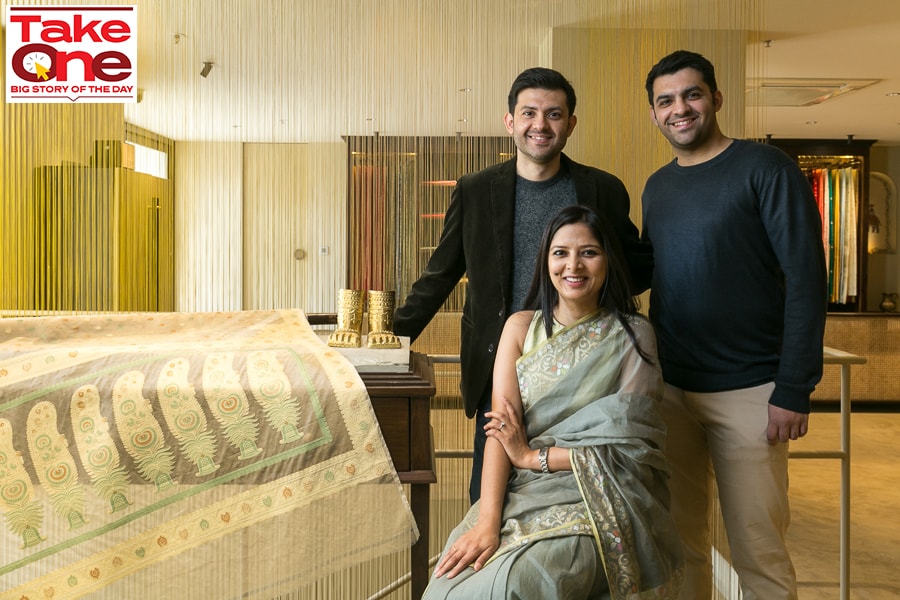 Tilfi cofounders Aditi Chand, Udit Khanna and his brother Ujjwal
Tilfi cofounders Aditi Chand, Udit Khanna and his brother Ujjwal
Image: Madhu Kapparath
Tilfi, a textile brand based in Varanasi, Uttar Pradesh, takes its name after a traditional weaving technique. Established in 2016, it takes forward the legacy of a five-decade-old handloom business started by the family of Aditi Chand, Udit Khanna and his brother Ujjwal.
“My family has been in the textile trade for as far back as our records date,” says Khanna, chief brand officer, Tilfi. In pre-Independence India, his family had a flourishing business in Amritsar of supplying textiles to North India and Pakistan. They lost their business, money and assets in the partition of 1947, following which the family moved to Srinagar and set up a retail clothing business. In the 1960s, the family yet again relocated to Varanasi in order to leave behind the volatility of Jammu & Kashmir.




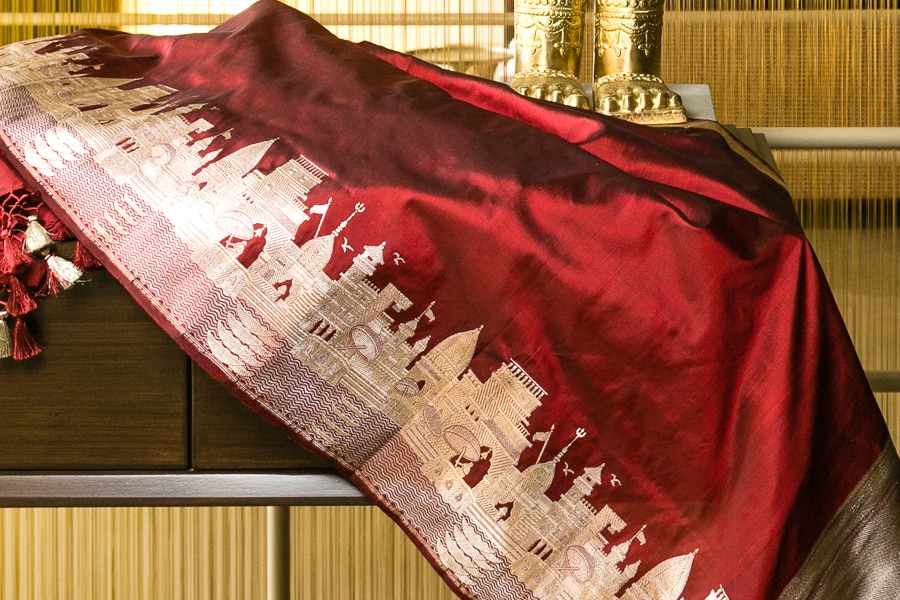 Tilfi began with the conviction that Varanasi’s weavers made some of the finest textiles in the world
Tilfi began with the conviction that Varanasi’s weavers made some of the finest textiles in the world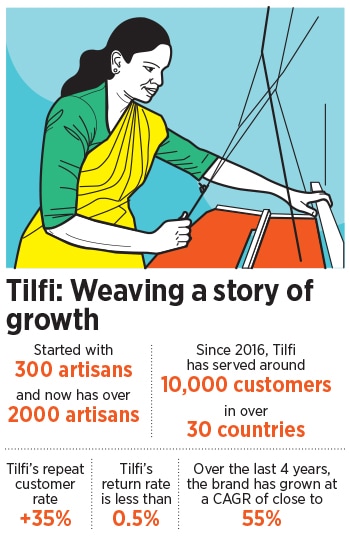 According to the Fourth All India Handloom Census (2019-20), there are 31.45 lakh handloom weaver households in the country. While there are several
According to the Fourth All India Handloom Census (2019-20), there are 31.45 lakh handloom weaver households in the country. While there are several 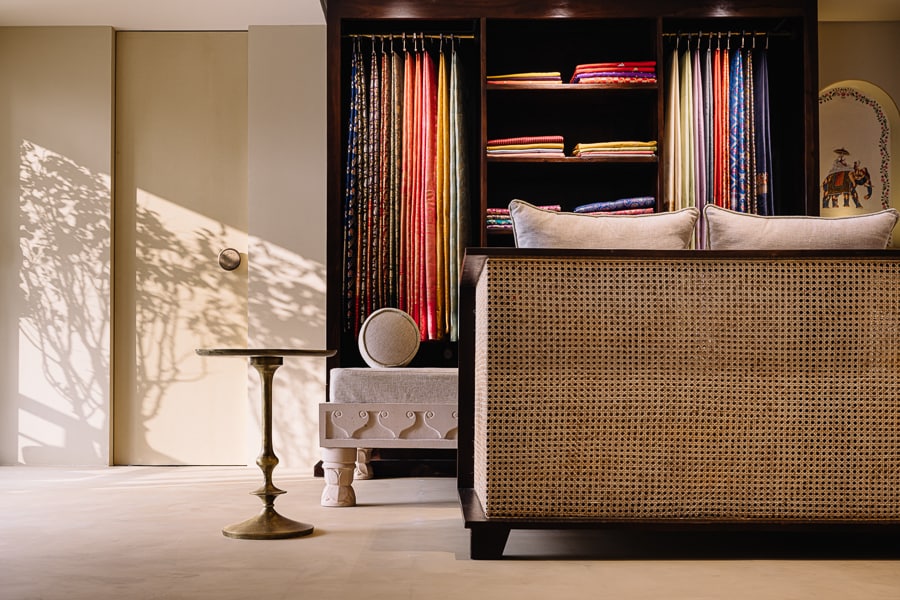 At present, Tilfi gets close to 1,000 products woven on a monthly basis. This number has been growing steadily
At present, Tilfi gets close to 1,000 products woven on a monthly basis. This number has been growing steadily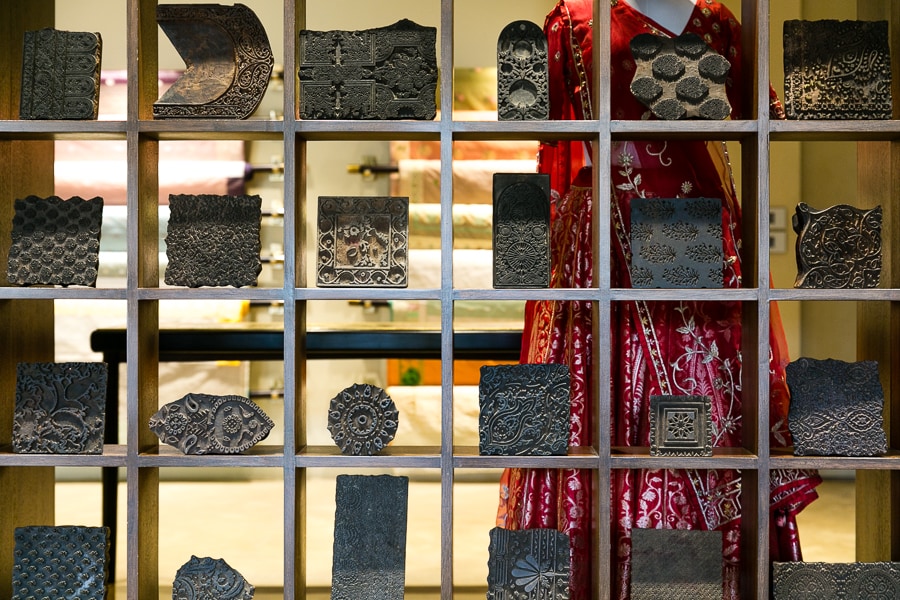
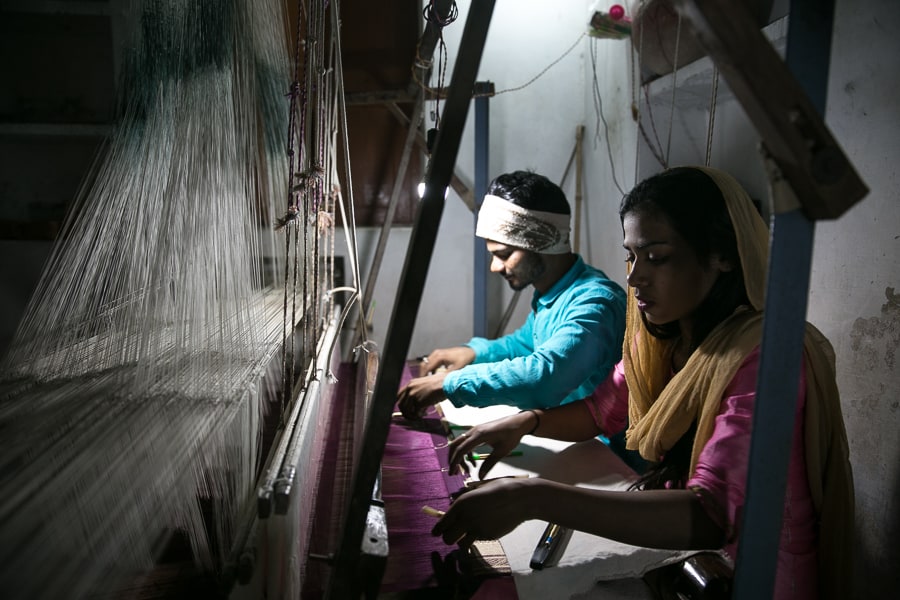 The young weavers at the loom are a couple, Mushtaq Ali and Madina Bibi, both late teens, working from the loom pits in their cluster of homes - they are a joint family - in Cholapur, on the outskirts of Varanasi. They come from a family of generations of weavers
The young weavers at the loom are a couple, Mushtaq Ali and Madina Bibi, both late teens, working from the loom pits in their cluster of homes - they are a joint family - in Cholapur, on the outskirts of Varanasi. They come from a family of generations of weavers



